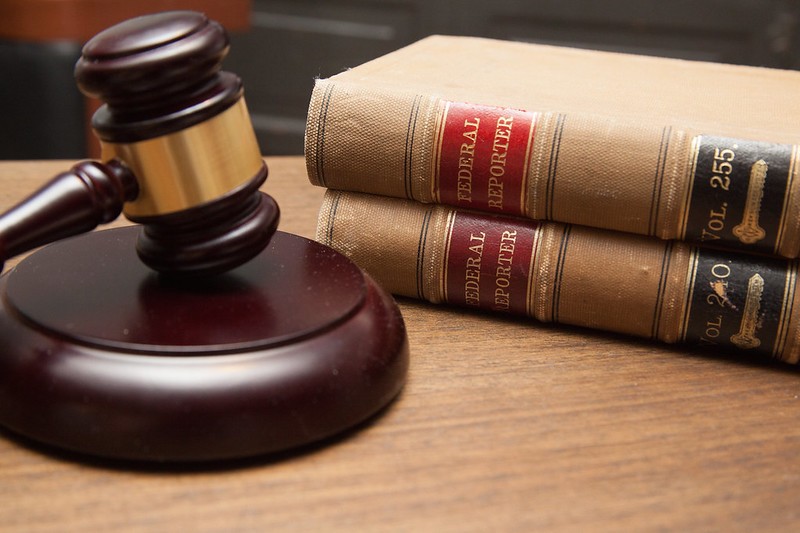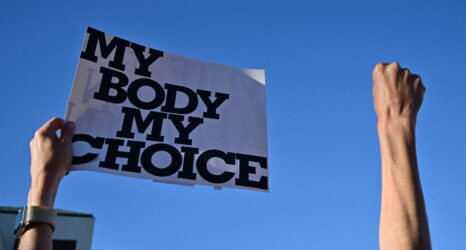If the current rate of change remains constant, it will be another four decades—the year 2059—before half of attorneys arguing cases before the court are women.

What’s most surprising about our latest study of the gender disparity among lawyers who argue in federal appellate courts is that there are no surprises. Even though women are entering U.S. law schools in larger numbers than men, women lawyers are still underrepresented in courtrooms across the United States. On the bright side, studies like this make it possible to measure and create change.
For three decades, the American Bar Association’s Commission on Women in the Profession has conducted research to evaluate and advocate for the advancement of women in the legal profession. In 2015, using data from the United States District Court, Northern District of Illinois, the Commission’s First Chairs study found that men outnumbered women as lead counsel in court proceedings by a factor of three to one.
Until now, though, little published work has examined whether a gender disparity exists among those who argue before federal appellate courts in the U.S.
In “How Unappealing: An Empirical Analysis of the Gender Gap Among Appellate Attorneys,” the number of men and women who argued before the U.S. Court of Appeals for the Seventh Circuit in two years a decade apart was examined. The study and report were co-authored by Judge Amy St. Eve of the Seventh Circuit Court of Appeals and Jamie Luguri, an associate at Munger, Tolles & Olson. We had hoped to see more progress in the number of women lawyers taking on lead roles since the 2015 study. Unfortunately, that is not the case.
Among the findings of the study:
- Men outnumbered women nearly three to one among lawyers arguing in the Seventh Circuit Court.
- Just 28 percent of lawyers who argued before the Seventh Circuit in 2019 were women—an increase of only 4 percent from 2009.
- Female lawyers were more likely to argue on behalf of the government, especially federal and local governments. Among all women who argued in front of the Seventh Circuit in 2019, nearly half were government lawyers.
- The gender disparity was more pronounced in certain practice areas, including complex civil matters—such as antitrust and insurance cases—where an even lower percentage of women argued cases.

If the current rate of change remains constant, it will be another four decades—the year 2059—before half of attorneys arguing cases before the court are women. That is not acceptable. And fixing this problem requires action by law schools, legal employers of all kinds, clients and the courts:
- As entryways into the legal profession, law schools can make several changes to help level the playing field. Faculty should engage with and encourage interested women to apply for federal and state appellate court clerkships and advise them to join appellate advocacy clinics.
- Legal employers must also do their part. While many are committed to diversity, this commitment has not fully translated into changes. Legal employers can provide junior lawyers oral argument experience by preparing them for and providing them with the resources and opportunities to argue litigation cases, including at the appellate level, particularly where the employer is court-appointed or in pro bono cases.
- Clients often want a diverse slate of experienced lawyers to argue their cases on appeal. Given that senior law firm attorneys are disproportionately men, junior attorneys—among whom there is a higher number of women—need clients to advocate that they be provided appellate experience. By training women to argue appeals, law firms could also give them the chance to step in when the opportunity arises. Because many legal employers build their in-house legal departments from law firms, they would benefit by making sure that law firms they use or recruit from provide junior attorneys adequate exposure and the opportunity to hone their legal skills. Hence, clients who are focused on human capital management can be more successful if they ensure that the law firms and other legal employers they use or from which they recruit are not underutilizing diverse talent.
- Clients wield significant economic power and can use this power to leverage real change for women in the legal profession. Companies have increasingly begun to recognize that having a diverse workforce in general, and diverse leadership in particular, strengthens their bottom line and increases profitability. In other words, for-profit and nonprofit clients should care about diversity and inclusion not just for its own sake, but also as a way to demonstrate the values of the organization.
- Courts also have an important role to play in decreasing the gender imbalance among the appellate attorneys who argue before them. One suggestion made by the study is that courts should consider requests from parties for oral argument on cases in which a junior lawyer is set to argue the case.
- Recognizing the importance of providing junior attorneys with experience, some federal district court judges have adopted the practice of allowing junior lawyers to argue motions that would otherwise not be heard. Appellate courts could consider a similar practice. In a similar vein, circuit courts should allow flexibility in how arguments are structured and consider allowing more senior lawyers to split argument time with junior lawyers in cases where that structure makes sense.
Despite a strong pipeline of talented women lawyers, the legal profession’s gender gap has barely improved over the last decade. Law schools, firms, corporate and nonprofit clients, government agencies and courts all have a role to play in fixing this problem to ensure the next decade brings more progress than the last.
Up next:





